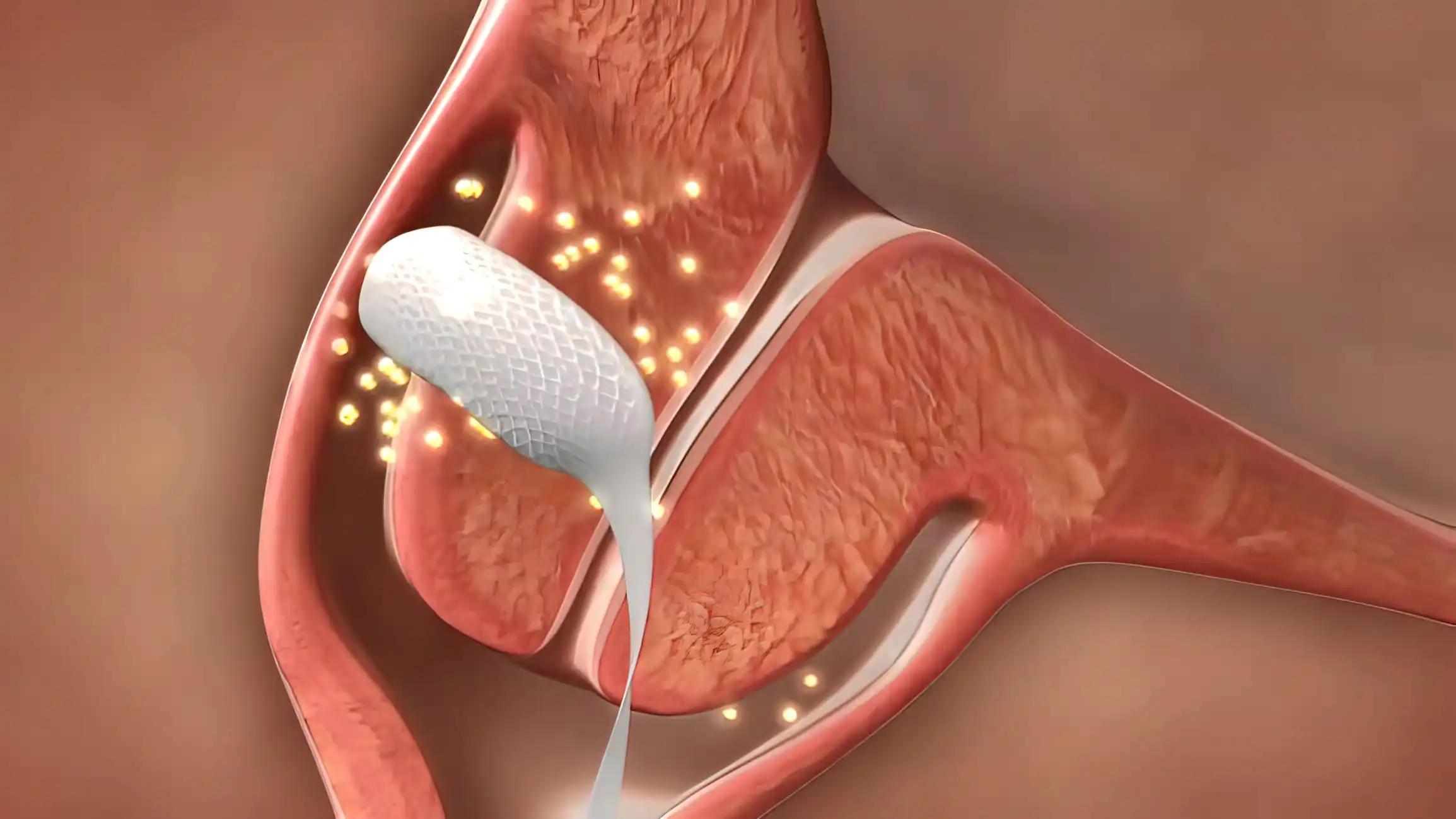KEY TAKEAWAYS
- The study aimed to identify novel OC biomarkers and clarify the pathological processes that underlie them.
- The results showed a strong relationship between IRF6 and the onset and spread of OC, thus suggesting IRF6’s potential as a novel biomarker for treating OC.
In gynecological oncology, ovarian cancer (OC) presents significant diagnostic and treatment challenges. Reducing diagnostic error and improving patient care depend on finding reliable cancer biomarkers. Nonetheless, effective biomarkers remain elusive, particularly for serous OC.
Hong Shihao and the team conducted a study that aimed to discover new biomarkers for OC and elucidate their underlying causes.
In this study, DEGs specific to OC were identified by an intersection analysis using weighted gene co-expression network analysis (WGCNA) modules and differentially expressed genes (DEGs) found in the “Limma” program.
About 3 hub genes were discovered as a result of this procedure: prostasin (PRSS8), interferon regulatory factor 6 (IRF6), and claudin 3 (CLDN3). Protein-protein interaction (PPI) network analysis was used to select these hub genes, and the GSE14407, GSE18520, GSE66957, and TCGA + GTEx databases were used for validation.
Furthermore, the Kaplan-Meier Plotter was used to establish the predictive importance of IRF6. IRF6 RNA and protein levels in OC samples were confirmed by immunohistochemistry (IHC) and RT-qPCR. The assays for transwell invasion and scratch wound were utilized to evaluate the effect of IRF6 on OC. Ultimately, a rival hub gene network of endogenous RNA (ceRNA) developed.
The results demonstrated that IRF6 RNA and protein levels were notably elevated in serous OC based on joint analysis of TCGA, GTEx, and GEO databases. Moreover, these elevated levels were correlated with overall survival (OS) and progression-free survival (PFS). Cell function experiments revealed that inhibiting IRF6 through knockdown significantly impeded proliferation, migration, and invasion of SKOV3 cells.
The findings suggested a close correlation between IRF6 and the development and progression of OC, positioning it as a potential novel biomarker and therapeutic target for patients with OC.
Funding was provided by the Nature Science Foundation of Zhejiang Province.
Source: https://pubmed.ncbi.nlm.nih.gov/38493179/
Hong, S., Fu, N., Sang, S. et al. (2024) “Identification and validation of IRF6 related to ovarian cancer and biological function and prognostic value.” J Ovarian Res 17, 64 (2024). https://doi.org/10.1186/s13048-024-01386-4.



